By Mara Farese
For years, economic growth and gentrification have created tension in Washington, D.C.’s historic neighborhoods, where rising property values and an influx of new residents have increased concerns about the preservation of cultural and architectural heritage.
In Dupont Circle, U Street and Capitol Hill – known for their historic significance and architectural charm – some longtime residents and businesses have been displaced by modern developments like high-end condominiums and chain stores.
“We’ve seen demographic change, both in our historic districts and city-wide,” said Steve Callcott, deputy preservation officer at the Office of Planning. “I think that the city’s historic districts are just a microcosm of what’s happening throughout the city – with escalating rents, rising property values, increasing unaffordability, and therefore exacerbating that demand for the creation of all types of new housing.”
Callcott said that while the city’s preservation efforts are largely voluntary, the Office of Planning plays an essential role in guiding property owners. “We provide basic public information about how to maintain buildings, while at the same time providing a regulatory function once people are proposing certain types of work that require building permits,” Callcott explained. “Through design guidelines and information available on our website, property owners can learn about cost-effective ways to make older houses more energy efficient, or ways that merchants can take advantage of their older buildings to attract people to come.”
Preservationists assess whether sites retain enough historical character to merit protection through a nuanced framework. “There are seven aspects of integrity: location, setting, design, materials, workmanship, association, and feeling,” said Kim Williams, an architectural historian at the city’s Historic Preservation Office. “You don’t have to meet all seven, but it’s important to convey historical significance.”
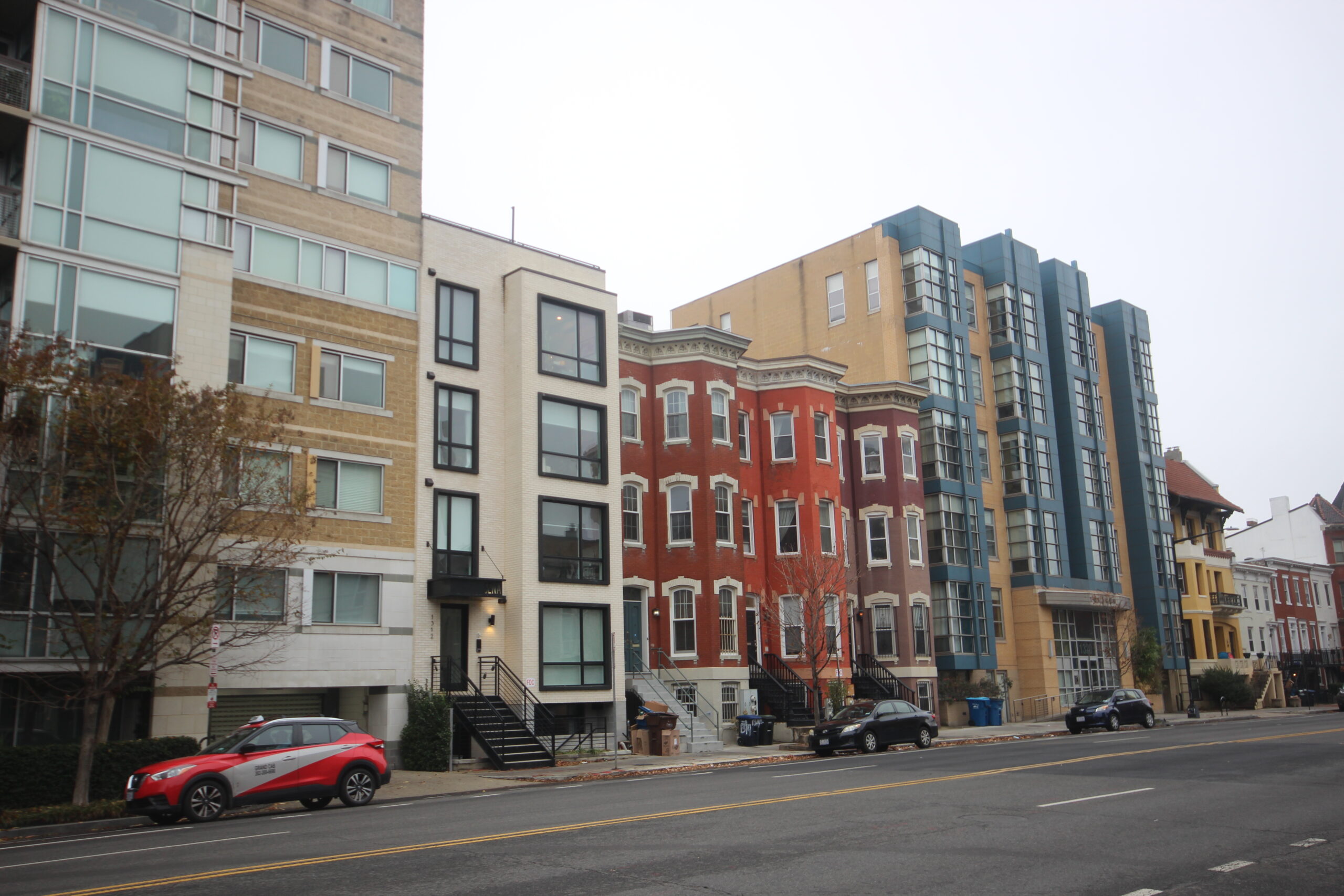
Previously, architectural significance was the prevailing factor. But that has changed in recent years.
“Now cultural history and associations carry much greater weight,” Williams said. “A neighborhood with significant African American associations, for example, might still qualify even if its buildings no longer reflect their period of significance.”
Williams noted that her office is continually reevaluating districts to ensure they reflect a more accurate and inclusive history. Striking a balance between preserving architectural integrity and recognizing cultural relevance is crucial for effective preservation efforts, she said.
Despite ongoing preservation efforts, consistent enforcement of preservation remains a challenge. “Enforcement is a real problem…we rely on neighborhoods to keep an eye on things,” said Angela Schmidt, president of the Capitol Hill Restoration Society. “If D.C. put more resources into this, it would make a huge difference. If there’s no will, it doesn’t happen.”
Programs like the Historic Homeowner Grant illustrate a practical approach to preserving neighborhood character while addressing affordability concerns. This initiative helps low-a and moderate-income homeowners with maintenance and repairs, ensuring they can remain in their historic neighborhoods. “This helps address affordability issues while preserving the character of these areas,” Callcott said.
Organizations like the Capitol Hill Restoration Society play a vital role in preserving D.C.’s historic neighborhoods. Founded 60 years ago to help protect the historic integrity of the area, the society continues to advocate for a balanced approach to development. Schmidt expressed a few concerns about the motivations behind some urban developments, claiming that an urban renewal plan should be executed by committed individuals who understand the significance, rather than someone in it for an economic gain.
“It’s cheaper to build an enormous building and cram a bunch of people in there than it is to build on a smaller scale,” Schmidt said. “I just don’t think it’s nefarious necessarily by estates – people who aren’t living here and who just want to make some money.”
D.C.’s Union Market is one example of mixed-use development and repurposing of a historic warehouse district.
However, as Timothy Dennée noted, future expansion of historic districts may face increased resistance. “It’s probably unlikely that there will be many more historic districts,” he said. “It’s sort of just a much more contentious thing generally, so when you see the idea pop up in a neighborhood, it often comes down to sort of 50/50 [split].”
As D.C.’s population continues to climb as members of Generation Z move in, the city’s identity hangs in the balance. “The younger generation, I think, has less appreciation for the historic preservation philosophy and law,” Dennée said.
Many like Dennée say the need for stronger enforcement of preservation, increased resources, and community involvement remains critical to ensure that the city’s heritage thrives.
“If you educate people about the history of an area, they might be more likely to enjoy it, respect it, and honor it,” Schmidt said. “It makes it a lot easier to understand the regulations if you actually appreciate what’s around you.”

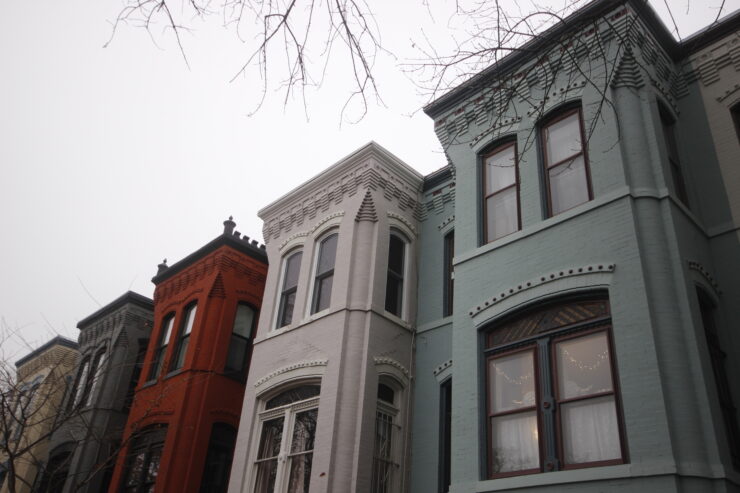
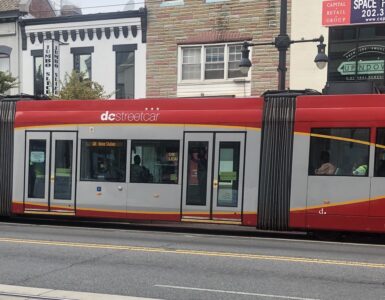
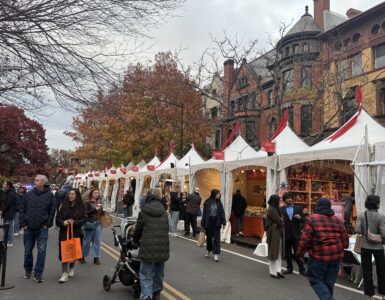
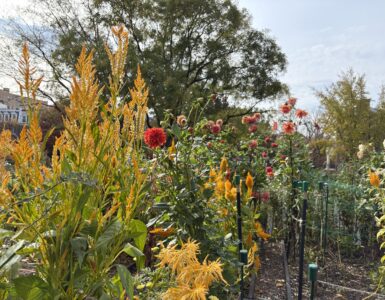










The (ab)use of the historic preservation laws by NIMBY groups in DC is a travesty. These regulations are an impediment to the construction of much needed housing and balanced commercial & retail development. The same can be applied to parking & density regulations.